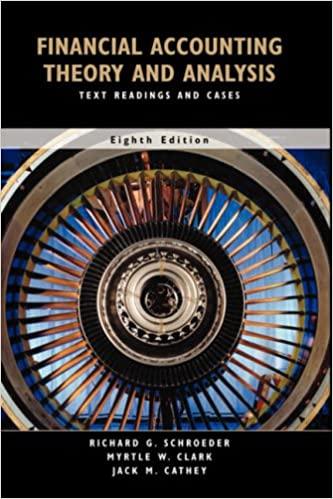Question
The Warnerwood Company uses a perpetual inventory system. It entered the following purchases and sales transactions for March into the system: Date Activities Units Acquired
The Warnerwood Company uses a perpetual inventory system. It entered the following purchases and sales transactions for March into the system:
| Date | Activities | Units Acquired at Cost | Cost per Unit | Units Sold at Retail | Price per unit |
|---|---|---|---|---|---|
| March 1 | Beginning inventory | 100 units | $50 | ||
| March 5 | Purchase | 400 units | $55 | ||
| March 9 | Sales | 420 | $85 | ||
| March 18 | Purchase | 120 units | $60 | ||
| March 25 | Purchase | 200 units | $62 | ||
| March 29 | Sales |
| 160 units | $95 | |
| Totals | 820 units | 580 units |
Instructions:
Show all of your work in an Excel spreadsheet for the following tasks:
1. Compute the number of units available for sale.
2. Compute the number of units in ending inventory.
3. Compute the cost assigned to ending inventory using (a) FIFO, (b) LIFO, and (c) weighted average. (Round the average cost per unit to 2 decimal places.)
4. Compute the gross profit earned by the company for each of the three costing methods. (Round the average cost per unit to 2 decimal places.)
Step by Step Solution
There are 3 Steps involved in it
Step: 1

Get Instant Access to Expert-Tailored Solutions
See step-by-step solutions with expert insights and AI powered tools for academic success
Step: 2

Step: 3

Ace Your Homework with AI
Get the answers you need in no time with our AI-driven, step-by-step assistance
Get Started


